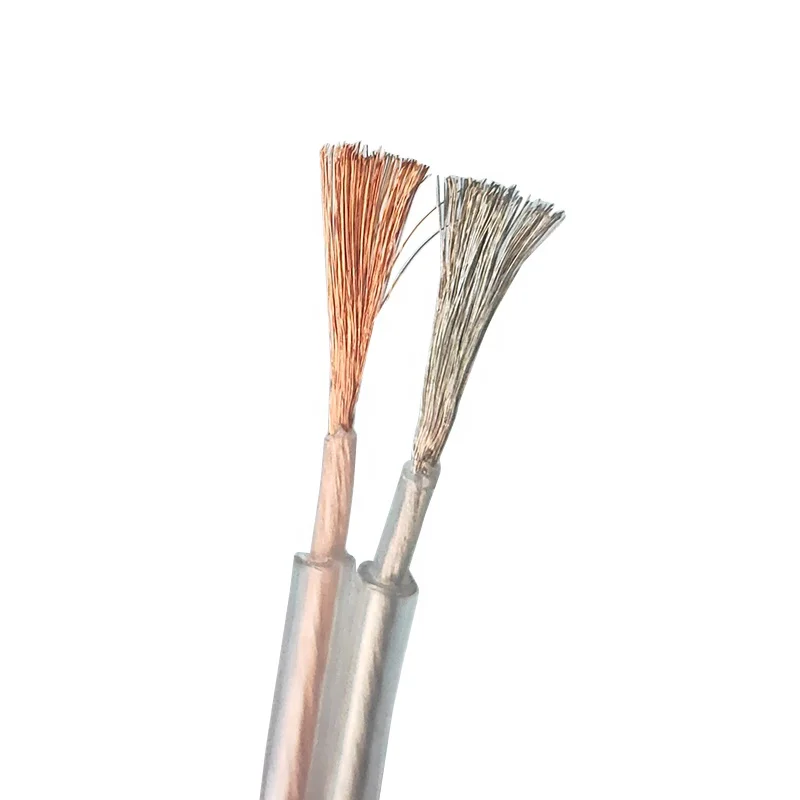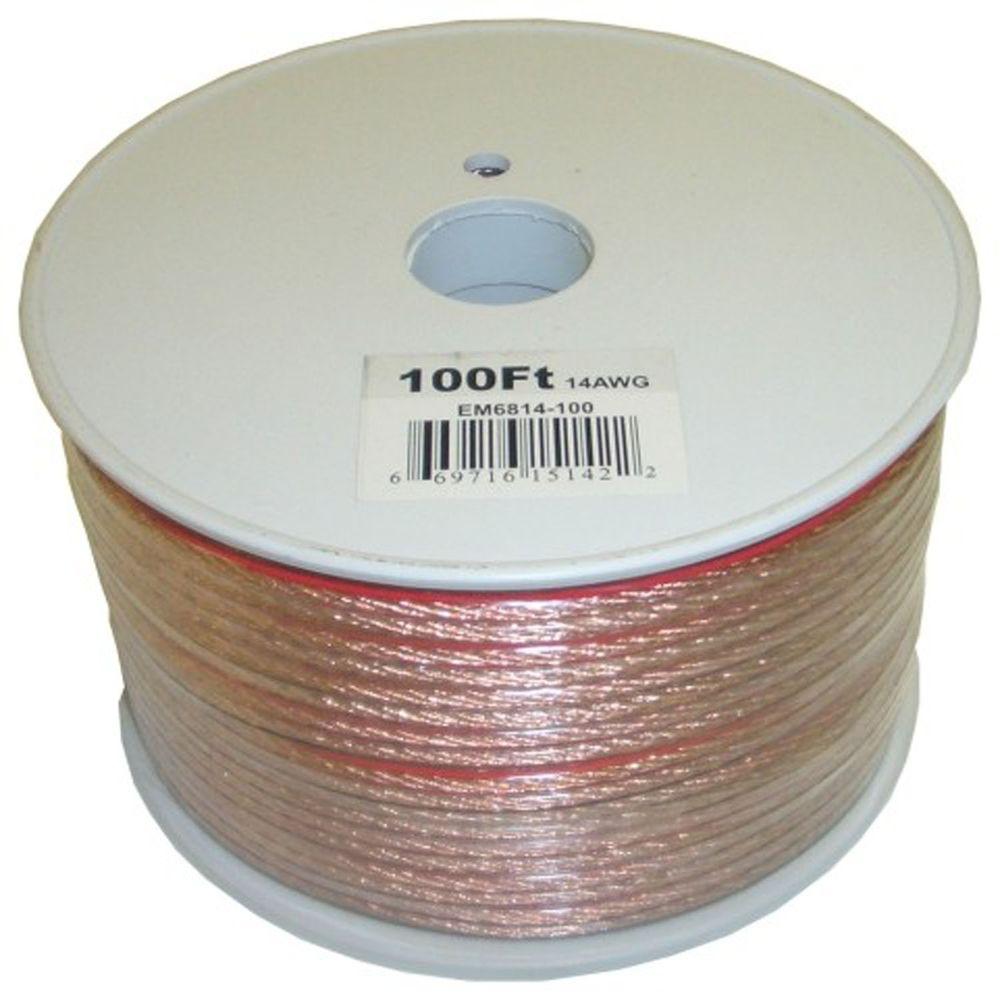

A home stereo, for example, may often list 6-16 ohms as being ok for use.Īlso, attempting to wire two 8 ohm speakers in parallel to an 8 ohm stereo would have the same effect. The recommended speaker impedance ratings are usually listed above the speaker wire posts. Image of the rear of a home stereo receiver/amplifier. If your stereo is labeled by the manufacturer as being “8 ohm speaker compatible” or similar, that means connecting lower impedance speakers can cause excessive heat and possible damage very quickly.įor example, connecting a 4 ohm speaker to an amplifier that is labeled as working with 8 ohm speakers would mean it would have to produce double the electrical current to the speaker! This increases the amount of stress and heat it has to handle. This is because as the impedance is lowered, the electrical current increases and the stereo has to do more work. It’s important that you pay attention and don’t exceed the minimum speaker impedance rating. Stereo and amplifier minimum impedance ratingsĪll amplifiers of any type – where it’s a car stereo amplifier, home stereo receiver, home theater amplifier, and so on, have a minimum Ohms (impedance) rating. The good news is that you don’t have to worry too much about the details – it doesn’t matter for basic speaker use, and long as you understand the basic rules you’ll be fine! 2. Speaker impedance is just a more advanced way of finding the total resistance, and by tradition is measured in units called “Ohms.” The word used to describe this is called impedance. Because of this, there’s some extra math needed to figure out the total resistance. Loops of wire have a property called inductance which affects a speaker’s resistance value depending on the frequency (sound range) being played.Īs they have electrical properties that include inductance and capacitance, their “total resistance” can actually change with the music slightly. Speakers contain a long wound loop of wire called a voice coil. A voice coil is a coil of wire that, when placed inside a magnetic field, makes the speaker move and produce sound when driven by an amplifier. The resistance value comes from a long coil of wire inside each speaker called a voice coil. The difference is how they behave when music is present when they’re connected to a musical amplifier of some sort. Speakers, much like other electromechanical devices, all have an electrical resistance to the flow of electrical current, much like a standard resistor, a light bulb, or many common items you’re familiar with. What is speaker impedance? (the “Ohms” rating) Speaker basics and speaker wiring explained 1.

#Speaker wire how to
How to read speaker positive and negative labels (+ and -)Ĭlick on the image to enlarge it or click here for the Adobe.Doubling the number of speakers or amount of power does not double the volume Stereo and amplifier minimum impedance ratings Speaker basics and speaker wiring explained.This is a more secure connection, but these cables are typically more expensive than TRS or RCA cable.
#Speaker wire pro
XLR is the standard connector when it comes to pro audio cables, alongside TRS, and you’ll see this on mid to high-end speakers. The two types you’ll encounter the most are tip ring sleeve (TRS) and XLR, which stands for “external line return,” though you’ll seldom see that used. If your powered speakers are studio monitors, you’ll occasionally see unbalanced RCA connections, but balanced connections are far more common. RELATED: How to Match Speakers With Your Amp or Receiver Balanced Cables These often come in pairs of red and white cables for stereo, but occasionally, you’ll see singles. You’ve likely seen plenty of these cables if you’ve ever wired up a home theater system. Kris Wouk / How-To Geekįor unbalanced connections to speakers, there is one major cable standard used, which is RCA.

Unbalanced connections are technically noisier, but use cheaper cables, and you’ll find they sound great for most home uses. Balanced connections provide less noise, but require special connections and aren’t always necessary for home use.


 0 kommentar(er)
0 kommentar(er)
